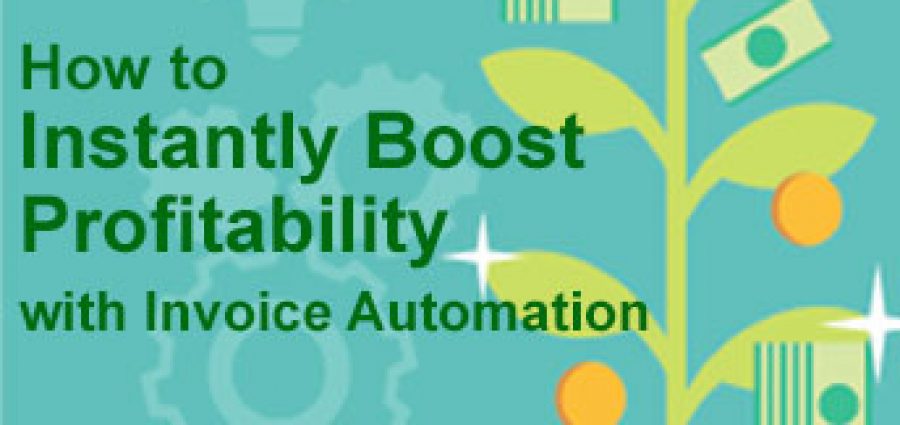The accounts payable function of an organization is often undervalued. But it plays an important role in a company’s long-term success. In recent years, AP has moved away from exclusively processing transactions and is now ultimately responsible for managing good cash flow – a critical component that can derail a business if not done correctly.
On average it costs around $15 to process an invoice. How many thousands of invoices are you processing on an annual basis?
Invoice automation can help the finance department manage this crucial task better – including these five benefits:
1. Save money. Up to 60 percent of early payment discounts are missed and 12 percent of payments are late due to inefficient manual payment practices. Invoice automation eliminates process bottlenecks so you can avoid late fees and never miss another discount again.
2. Avoid costly mistakes. Duplicate invoices can cost organizations $100,000 for every $10 million spent. Continuous monitoring, manual cross-checks, and invoice automation can work well together to protect profits.
3. Increase performance. Manual processing of invoices kills productivity. Automating AP invoices means receiving and entering supplier invoices 75 percent faster than traditional paper-based methods.
4. Improve data quality. Invoice automation can offer 100 percent accurate data capture regardless of invoice format.
5. Cut costs. Streamlining AP processes reduces administration and transactional costs by up to 80 percent, which boosts overall profitability.
Read more about the many benefits of invoice automation in this free whitepaper, sponsored by Conexiom.


